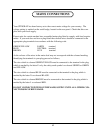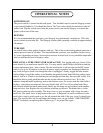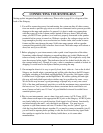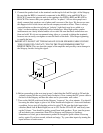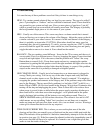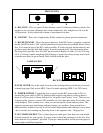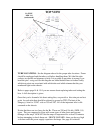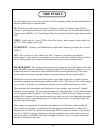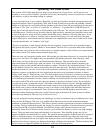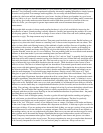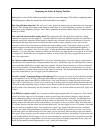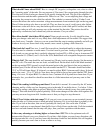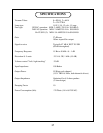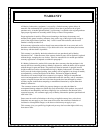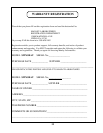
You may have bought a great system but there is a good chance that you are only getting a fraction of it's
potential. Very frequently we have experienced top quality electronics sounding unimpressive simply because
acoustics were ignored. Even amongst studio engineers, few can really tell the difference between good
speakers in a bad room and bad speakers in a good room - but they all know good speakers in a good room
and very likely so do you. Acoustic techniques are better explained in books on recording studio construction.
You can buy good ready-made acoustical materials and/or build them yourself for a fraction of the cost.
Dollar for dollar, you can expect far greater improvement with acoustic treatment than expensive
interconnects.
Most people think acoustics is about sound-proofing but there is a lot of info available for improving the
reproduction of music. Sound-proofing is usually expensive. Luckily just improving the acoustics in a room
can be pretty painless. You may be able to change or move what is on the floors and walls (without getting
expensive or ugly). The improvements may be dramatic.
Number One on the bad list is parallel surfaces. That pretty much includes most rooms. Parallel surfaces can
support a very short echo that is known as a standing wave. It boosts some frequencies and cuts others. This
effect is often called comb filtering because of the multitude of peaks and dips. One cure is breaking up the
big surfaces with a variety of smaller ones. The good news is that book shelves, curtains, wall hangings or
macrame, plants, furniture and lamps all help. Not only does this balance live surfaces with dead ones but
"checker-boarded" areas also act as a sort of diffuser. You can probably build low cost effective and attractive
diffusers or have them made if you want something better (and more efficient).
Number Two is very unbalanced room treatment. Both too "live" and too "dead" is generally bad. One might
think that wall to wall carpets & curtains is going to be fine but watch out. All that stuff only eats highs and a
little mids, but doesn't do anything to the lows. The lows end up very live in contrast to very dead highs. One
way to balance this is get some thick absorbsion into the corners. Thick absorbsion in the corners is most
effective to lows. The idea is to balance high and low absorbsion. Even normal speech sounds wierd in near
empty rooms with plain painted gypsum walls and hardwood floors. The simpler the decor the more intense
the acoustic problems. The only hints we can offer is that the wall behind the speakers and behind you are
often the most important. You can build some simple absorbers. Simply cut two 4'X8' pieces of 2" rigid
fiberglass or open cell foam rubber into 16"X8' strips and wrap some white cloth around them. Easy, clean
looking and cheap. Experiment, lean them against the wall at various places. Even very experienced acoustic
designers experiment, listen then decide rather than attempting to predict every result. A variation is to use
"perf-board" as a backing if you intend to stretch the fabric reasonably tight. It may also help with hanging the
strips to the walls. Perfboard with a one or two inch space behind it is an alternative front surface to increase
diffusion or can do double duty as a simple helmholtz absorber (for the low mids) and can be effective on the
ceiling. You can hang a few up there either flush or dropped a few feet if you have the height to absorb lower
frequencies. The wall behind the listening position is usually responsible for too much or too little lows
compared with the rest of the room. Read up on slat and membrane absorbers for problems there - the panels
described above won't help much for that.
Number Three is lack of left/right symetry. In order to get the left and right similar sounding and getting a
rock-solid center you should have identical left and right walls and distances. The ideal is a perfectly
symetrical room but this may not be practical. Again, try to achieve this with positioning.
Some of the "test" CDs have a variety of low frequency tones or sweeps. Use them to find rattles and buzzes
in the room. Lamps and fixtures, some cabinets and components can do this. A little tape or glue can often fix
these types of things. If you are getting serious about this kind of thing you can get a variety of test gear from
measurement mics to real time analysers or computer software. These are useful tools but do not depend on
the readings unless you are very experienced using them. Best to use your ears and use the test gear to verify
what you hear and to document the changes. Remember that test gear neither makes records nor listens to
music. Frequency measurement often ignores "time" and exagerates some factors and glosses over others.
Steady tones are virtually useless in real rooms. The more comprehensive tests give complex data that needs
to be correctly interpreted to be useful. Use 'em but don't jump to confusions. Always use ears too.
13



